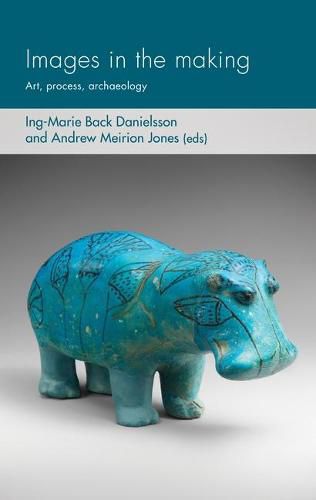Readings Newsletter
Become a Readings Member to make your shopping experience even easier.
Sign in or sign up for free!
You’re not far away from qualifying for FREE standard shipping within Australia
You’ve qualified for FREE standard shipping within Australia
The cart is loading…






This book offers an analysis of archaeological imagery based on new materialist approaches. Reassessing the representational paradigm of archaeological image analysis, it argues for the importance of ontology, redefining images as material processes or events that draw together differing aspects of the world. The book is divided into three sections: ‘Emergent images’, which focuses on practices of making; ‘Images as process’, which examines the making and role of images in prehistoric societies; and ‘Unfolding images’, which focuses on how images change as they are made and circulated. Featuring contributions from archaeologists, Egyptologists, anthropologists and artists, it highlights the multiple role of images in prehistoric and historic societies, while demonstrating that scholars need to recognise their dynamic and changeable character. – .
$9.00 standard shipping within Australia
FREE standard shipping within Australia for orders over $100.00
Express & International shipping calculated at checkout
This book offers an analysis of archaeological imagery based on new materialist approaches. Reassessing the representational paradigm of archaeological image analysis, it argues for the importance of ontology, redefining images as material processes or events that draw together differing aspects of the world. The book is divided into three sections: ‘Emergent images’, which focuses on practices of making; ‘Images as process’, which examines the making and role of images in prehistoric societies; and ‘Unfolding images’, which focuses on how images change as they are made and circulated. Featuring contributions from archaeologists, Egyptologists, anthropologists and artists, it highlights the multiple role of images in prehistoric and historic societies, while demonstrating that scholars need to recognise their dynamic and changeable character. – .